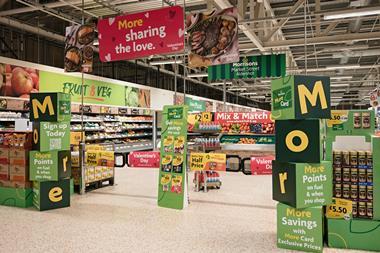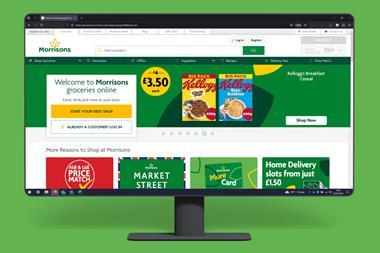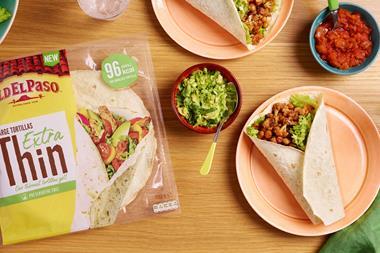
Rising food prices have created a challenging environment for retailers and suppliers. These challenges need them to come together – but they have often put them at loggerheads.
Suppliers have found themselves faced with potential delistings, range reviews, the introduction of new fulfilment fees and the aggressive promotion of own-brand products at the expense of branded equivalents. A few months ago, Kantar reported sales of the cheapest own-label products had risen 47% over the previous 12 months.
Sometimes these spats have become very public. Heinz had a high-profile dispute with Tesco over passing increased production costs onto customers. Some are not so public, but equally fraught. Earlier this year, Greencore CEO Dalton Philips was quoted as saying price negotiations with supermarkets had become “so strained” amid soaring inflation that sometimes walking away was the only option.
But retailers need brands as much as brands need retailers. And that’s why the ability for each to negotiate with the other in a constructive, mutually beneficial way is essential. So, how do all parties ensure those involved in negotiations are appropriately skilled to achieve effective outcomes that bring benefit to all parties, including shoppers?
There is currently a world weariness around negotiations. Retailers and suppliers have been going through intense cost price negotiations and, undoubtedly, it can be exhausting. Ultimately, both parties want to build effective working partnerships, but the reality is that inflation is continuing to upturn that partnership applecart – and now deflation could present a new challenge.
We continue to hear stories of how work pressures and a lack of training can lead to either party placing unreasonable demands on the other. This may lead to an outcome that impacts shoppers – through pricing, availability or ranging. In the ideal world, a more value-added approach is to navigate a road of empathy and understanding whilst continuing to build the combined agenda for the mutual benefit of all.
To achieve that, it’s important for everything presented in a negotiation to be evidence-based. It’s also essential to know your tradables – other items you may be able to put on the table at some point – as much as your red lines. These anchors are important as they can help you take the initiative as the negotiations get underway. Your first offer will set the tone for the rest of the negotiation and will help you try to move discussions in your preferred direction.
We advise presenting multiple equivalent offers simultaneously, bearing in mind that none of them may transpire to be the final outcome. Consider not only what you can negotiate but also what you can bring to the implementation of the ultimate agreement. If you emerge feeling like you have lost out during the talks, you can still find other wins during the implementation of the deal.
And, if you don’t find yourself in your preferred position, focus on the best alternatives to a negotiated agreement to reach the most profitable resolution possible. Try to build rapport; listen as much as you speak; ask open questions that encourage discussion and search for smart trade-offs.
Ultimately, though, be open-minded. A successful negotiation isn’t necessarily a win for either side – it’s both parties coming out satisfied.















No comments yet